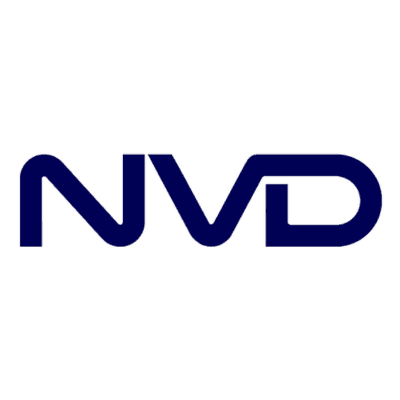Cybersecurity
NVD, or the National Vulnerability Database, is a comprehensive and authoritative repository of publicly disclosed cybersecurity vulnerabilities, providing IT professionals with valuable information to help secure their systems and networks.
1. Vulnerability Prioritization: Automating the process of prioritizing vulnerabilities based on their severity and potential impact. Mindflow's orchestration capabilities enable organizations to efficiently allocate resources to address high-risk vulnerabilities and minimize the risk of a security breach in their large-scale networks and numerous endpoints.
2. Automated Patch Management: Streamlining the deployment of security patches by automating the identification of vulnerable systems and the application of necessary updates. Mindflow's automation capabilities help organizations maintain up-to-date security measures across all endpoints, reducing the likelihood of successful cyberattacks.
3. Incident Response Automation: Leveraging Mindflow's automation features to quickly respond to detected security incidents, such as unauthorized access or malware infections. By automating the containment, eradication, and recovery processes, organizations can minimize the damage caused by security breaches and protect their critical assets.
4. Compliance Monitoring: Automating the monitoring and reporting of cybersecurity compliance, ensuring that organizations adhere to industry standards and regulations. Mindflow's automation capabilities not only save time and resources but also provide a clear overview of the organization's security posture, enabling informed decision-making for continuous improvement.
Managed by the National Institute of Standards and Technology (NIST), NVD serves as a one-stop-shop for users seeking information on known security vulnerabilities, including detailed descriptions, impact scores, and remediation guidance. The value proposition of NVD lies in its ability to provide reliable, up-to-date, and easily accessible information on vulnerabilities, enabling organizations to make informed decisions and take necessary actions to protect their digital assets.
The primary users of NVD include IT professionals, security researchers, network administrators, and compliance officers who need to stay informed about the latest vulnerabilities and best practices for addressing them. By offering standardized vulnerability information, NVD facilitates a common understanding of security issues and encourages the development of more secure products and services.
How NVD works is by collecting and analyzing vulnerability data from various sources, including the Common Vulnerabilities and Exposures (CVE) system, security advisories, and research papers. The data is then categorized and enriched with additional information, such as the Common Vulnerability Scoring System (CVSS) scores and the Common Platform Enumeration (CPE). This information allows users to better understand the severity, potential impact, and mitigation strategies for each vulnerability, helping them prioritize their response and allocate resources more effectively.














